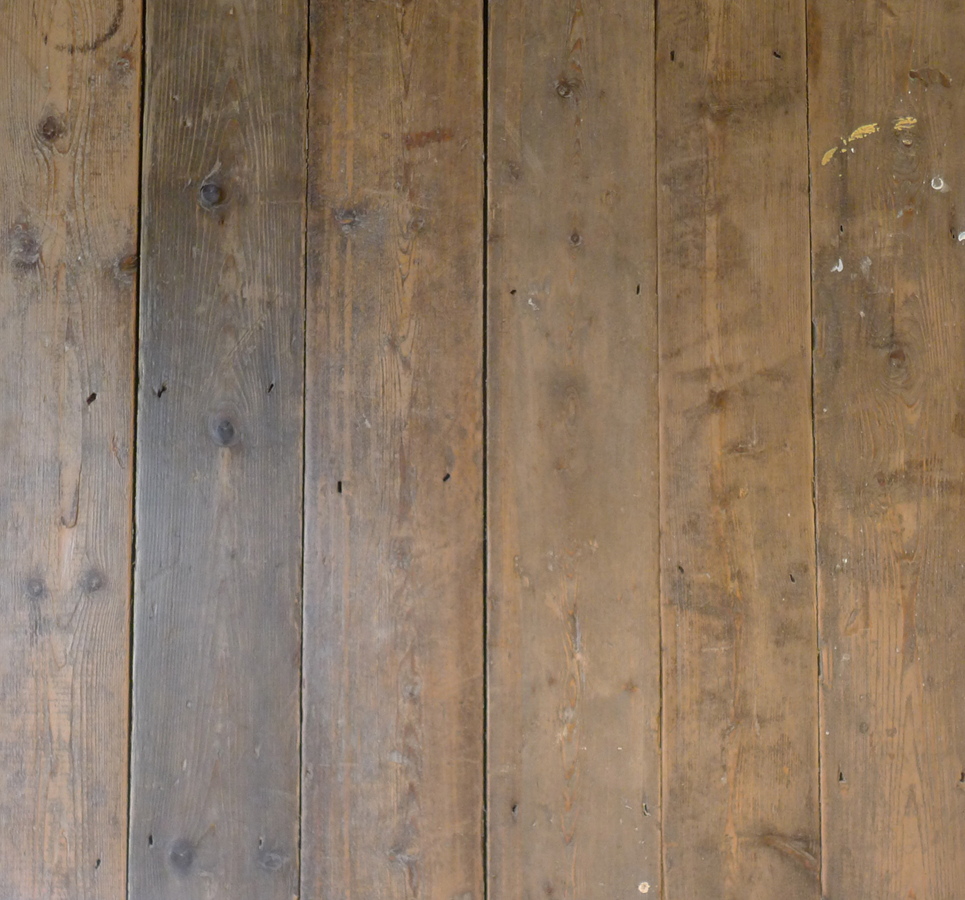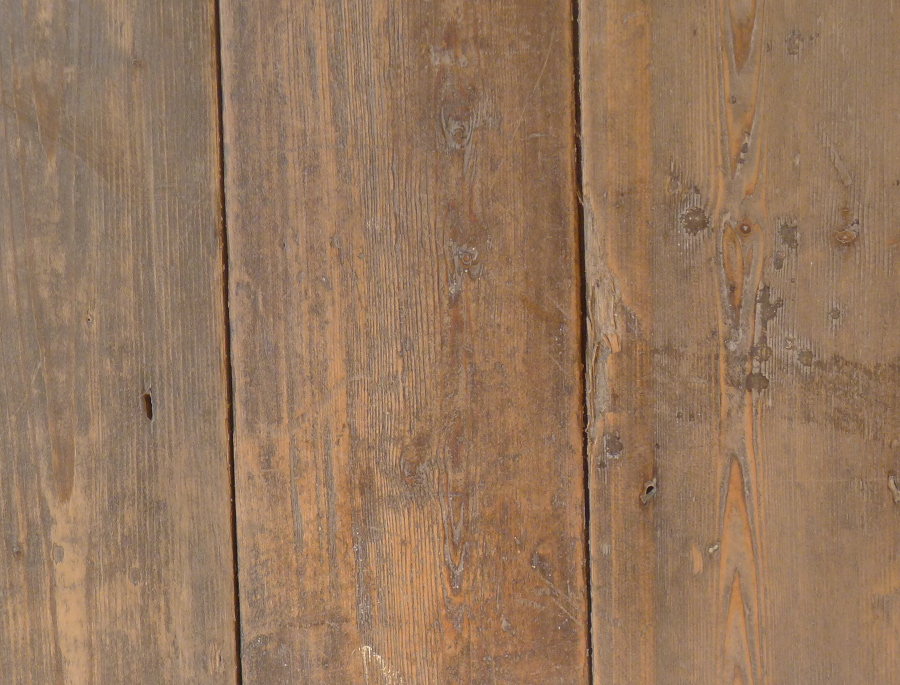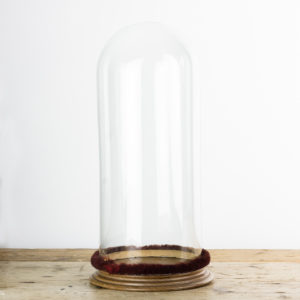Archived Stock - This item is no longer available
Victorian Baltic Pine Floorboards
The basis of all sensitive and characterful restorations in old buildings.
Victorian Baltic pine floorboards are reclaimed from terraced houses, workshops, tenements and all manner of Victorian buildings.
British standard domestic flooring ubiquitous throughout the Kingdom from the humblest cottages to the grandest town houses.
They are the tain of the mirror upon which all else is reflected in a characterful interior.
LASSCO has an unrivaled selection of boards, many hundreds of square metres (quantities are batch dependent) and widths from 4 1/4" up to 10" widths
SOLD OUT
In stock
“The record demand for house building in 18th and 19th century London was an indicator of the nation’s prosperity. The demand for buildings resulted in a demand for timber; that timber was pine, felled in Poland and sent to England through the Baltic ports.
The soaring popularity of imported softwood was driven by its quality and availability as well as favourable transport and conversion costs. The quality of slow-grown old-stand timber such as Pinus Sylvestris that was cut inland and sent down river to the Baltic ports of Memel and Riga was recognised by architects and craftsmen of the period. Contemporary specifications (for example by English architect Sir John Soane) called for pine and fir from these ports, including Memel and Riga Fir.
Much of our historic joinery and flooring was constructed from wood that was slow grown. This wood generally has a fine, close-grained texture and, because much of it was from old stands, it tends to be fairly clear of knots and vertically grained, giving it good durability and stability.
Today, managed softwood plantations aim to produce timber as quickly and as economically as possible. This faster grown timber is not as durable as that from the mature trees that were more common up to the start of the 20th century. Much of the modern fast-grown softwood will be used in construction once it has been pressure impregnated with preservatives. Generally this type of timber is not suited to quality repairs of historic joinery. The quality and closeness of grain of repair timber should match that of the original as closely as possible. This will reduce differential movement at the junction of old and new wood.”
– The Building Conservation Society.



